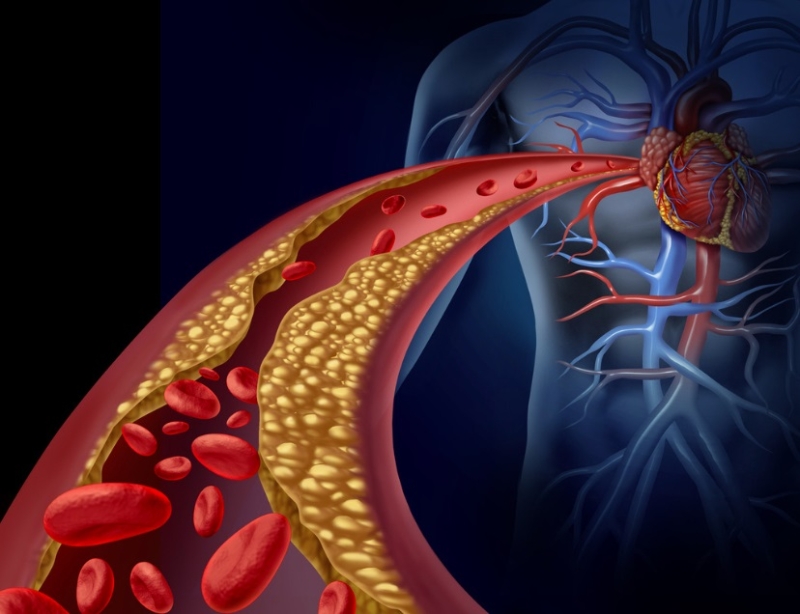- ABOUT JNU
- ADMISSION
-
ACADEMICS
- Schools and Colleges
-
Departments and Programs
- Arts College of
- Chinese Language and Culture College of
- Economics College of
- Electrical and Information Engineering College of
- Foreign Studies College of
- Information Science and Technology College of
- Environment School of
- Humanities School of
- International Business School
- International Studies School of
- Journalism and Communication College of
- Law School
- Liberal Arts College of
- Life Science and Technology College of
- Management School of
- Marxism School of
- Medicine School of
- Pharmacy College of
- Physical Education School of
- Science and Engineering College of
- Shenzhen Tourism College
- Research Institute
- Research Center
- Programs in English
- Majors
- Study Abroad
- Online Learning
- RESEARCH
- CAMPUS LIFE
- JOIN US
Latest News
JNU team publishes paper in Circulation Research
Modified: October 14th, 2016
Source: the College of Life Science and Technology
Published by: the News Center

JNU’s research group headed by Yan Daoguang, a professor in the College of Life Science and Technology, haspublished findings on vascular injury and the formation of atherosclerosis inCirculation Research (IF:11.55), an internationally renowned periodical specializing in cardiovascular biology and peripheral vascular diseases.
Professor Yan is the corresponding author of the paper; doctoral student Zhong
Wenbin and postgraduates Pan Guoping and Wang Linare the first authors. Their research has been strongly supported by Basic Research Projects of Ministry of Science and Technology (Project 973), Major Research Projects of the National Natural Science Foundation, and JNU’s Major Projects of Scientific Research and Innovation Fund.
ORP4L-/- Mice Display a Reduction of Atherosclerosis
Wenbin Zhong, Guoping Pan, Lin Wang, Shiqian Li, Jingsong Ou, Mengyang Xu, Jiwei Li, Biying Zhu, Xiuye Cao, Hongling Ma, Chaowen Li, Jun Xu, Vesa Olkkonen, Bart Staels and Daoguang Yan
Download PDF <http://circres.ahajournals.org/content/early/2016/10/11/CIRCRESAHA.116.309603.full.pdf?download=true>
http://dx.doi.org/10.1161/CIRCRESAHA.116.309603
Circulation Research. 2016;CIRCRESAHA.116.309603
Originally published October 11, 2016
Wenbin Zhong
College of Life Science and Technology, Jinan University
Rationale: Macrophage survival within the arterial wall is a central factor contributing to atherogenesis. Oxysterols, major components of oxidized LDL (ox-LDL), exert cytotoxic effects on macrophages.
Objective: To determine whether ORP4L, an oxysterol-binding protein, affects macrophage survival and the pathogenesis of atherosclerosis.
Methods and Results: By hiring cell biological approaches and ORP4L-/- mice, we show that ORP4L co-expresses with and forms a complex with G&alphaq/11 and PLCβ3 in macrophages. ORP4L facilitates G protein-coupled ligand-induced PLCβ3 activation, IP3 production and Ca2+ release from the endoplasmic reticulum. Through this mechanism, ORP4L sustains anti-apoptotic Bcl-XL expression through Ca2+-mediated CREB transcriptional regulation, and thus protects macrophages from apoptosis. Excessive stimulation with the oxysterol 25-hydroxycholesterol disassembles the ORP4L/Gαq/11/PLCβ3 complexes, resulting in reduced PLCβ3 activity, IP3 production and Ca2+ release,as well as decreased Bcl-XL expression and increased apoptosis. Overexpression of ORP4L counteracts these oxysterol-induced defects. Mice lacking ORP4L exhibit increased apoptosis of macrophages in atherosclerotic lesions and a reduced lesion size.
Conclusions: ORP4L is crucial for macrophage survival. It counteracts the cytotoxicity of oxysterols/ox-LDL to protect macrophage from apoptosis, thus playing an important role in the development of atherosclerosis.
NEWS
- About the University
- Quick Links
Copyright © 2016 Jinan University. All Rights Reserved.




